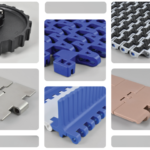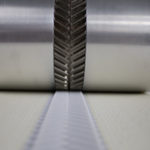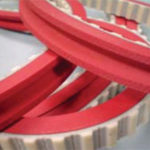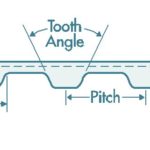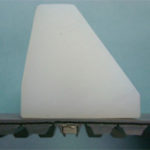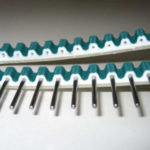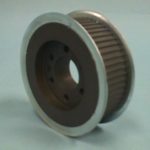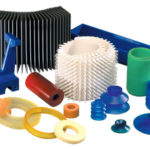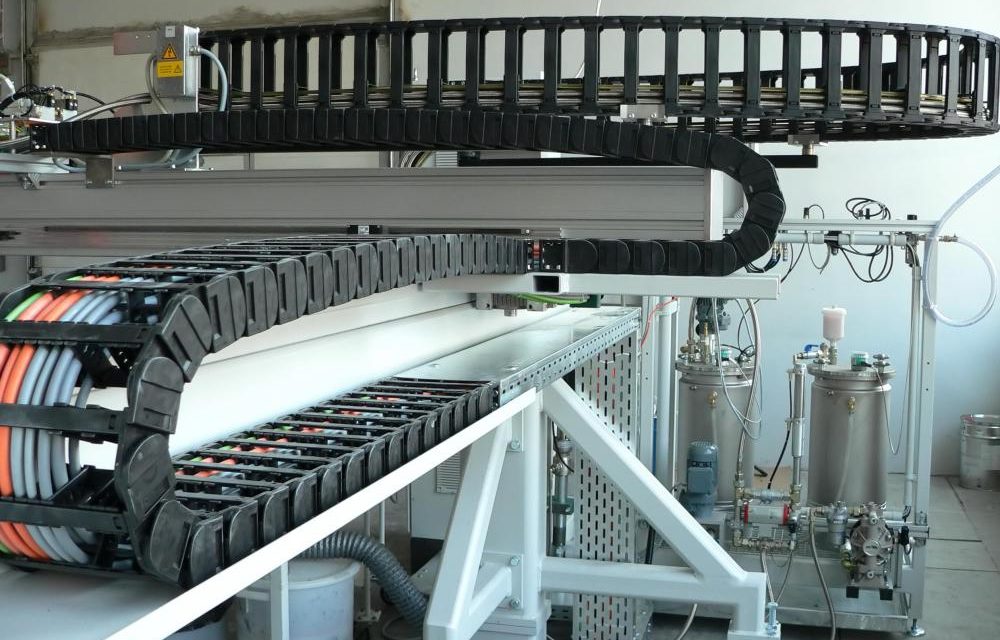
What Is a Conveyor?
A conveyor automatically moves goods and supplies around a facility. One example many consumers may be familiar with is the conveyor belt, a flat belt looped around pulleys that can rotate endlessly to move goods from one end to the other. Such systems are in use in a wide variety of settings, from grocery stores to manufacturing facilities. Firms that specialize in conveyor design and development can produce custom products on request for customers with particular needs or concerns.
Conveyors can improve efficiency, as they are usually faster than workers handling goods with hand trucks, baskets, and other equipment. They may cut down on staffing needs, which can save costs for the company. This technology can also improve safety; a conveyor for goods, for instance, is less risky for employees than a forklift to move products around. The forklift could expose people to the risk of injury and requires a handler, while the conveyor is much less dangerous and can be handled by a number of employees with basic training.
In addition to belt designs, it is possible to see chains and rollers used for moving various products. Bucket conveyors are also in use for bulk components. Some equipment may vibrate to shake products loose from molds, cool them, or contribute in other ways to the manufacturing process. Conveyors can travel up inclines and around corners, making them very flexible for a variety of settings. The available features can depend on the product and the needs of the consumer.
Such systems can have built-in checkweighers to test the weights of components. They may also integrate with a radio frequency identification (RFID) tracking system to monitor products as they move through a facility, and may pass through ultraviolet sanitation lights or other systems for safety. Each extra feature can add to the complexity of a conveyor, but also standardizes and automates a system. This can be important for product safety and quality, especially when accompanied by inspectors who regularly check the production line to look for any signs of problems.
Portable systems are an option for settings where a conveyor is needed only temporarily, like a construction site. Personnel might want to take advantage of an automated system of this nature to meet a specific project need. They can rent systems from companies that provide equipment rental, or a company may buy a portable conveyor for use on various projects, if it has a frequent call for such equipment. These systems break down and set up quickly; they can also be modular to allow employees to configure them in a variety of ways.
Read more: What Is a Conveyor?
https://www.aboutmechanics.com/what-is-a-conveyor.htm
